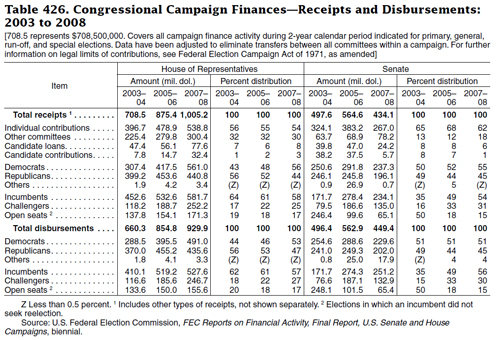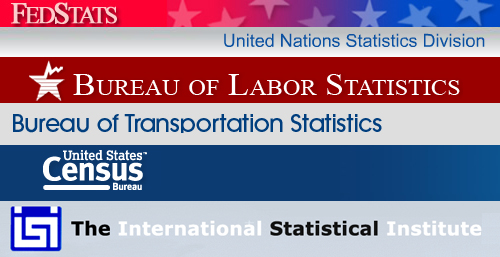Statistics. You’ve probably had a project that required them. Maybe you just needed a single number – what percentage of the population corresponds to what characteristic. Or maybe you needed to show a trend, how a statistic changed over time. Regardless, it’s a special type of information that can sometimes be difficult to search for.
Lots of organizations collect statistics. Some of these organizations are more reliable than others. The United States government is one of the major statistics-collecting groups, and it gathers data on a staggering variety of topics. You’re probably familiar with some of them – the Census Bureau gathers population statistics, and the Bureau of Labor Statistics collects information about employment – including economic data, types of careers, median salaries, changes in the size of the workforce, and the like. But did you know that the Department of Transportation keeps statistics on traffic accidents involving hazardous materials? Or that the Forest Service tracks data on what uses timber is put to after it is cut down?
There is so much out there, it can be hard to know where to start looking. A very handy way of finding U.S. statistics online is the portal FedStats, which includes links to statistics for over one hundred agencies – federal, state, and local. Outside of the United States are organizations such as the United Nations Statistics Division and the International Statistical Institute. These statistics are valuable, but are usually less complete than the U.S. data.
In the library, you might try the Statistical Abstract of the United States (HA202 .A3; latest volume at the front desk), which features more than a thousand graphs, tables, and charts of statistics related to the social, political, and economic organization of America – everything from crime to housing to elections to car sales (there is an abbreviated version online, as well). And if you’re interested in looking outside the United States, you might try International Historical Statistics (HA1107 .M5).
When you’re researching long-term trends, older data can be particularly tough to find. Often, online statistics do not go back more than a few decades, and this is especially true at the state and local level. That doesn’t mean the data doesn’t exist, though – just that it hasn’t been digitized and put online. Usually, a call or email to the relevant agency or archivist can get you whatever you need. For example, the Indiana State Archives can be reached at arc@icpr.in.gov. Just be sure to give them a few days to collect the data and send it back to you!
Do you need help finding statistics for your paper? Ask us at iueref@iue.edu!



